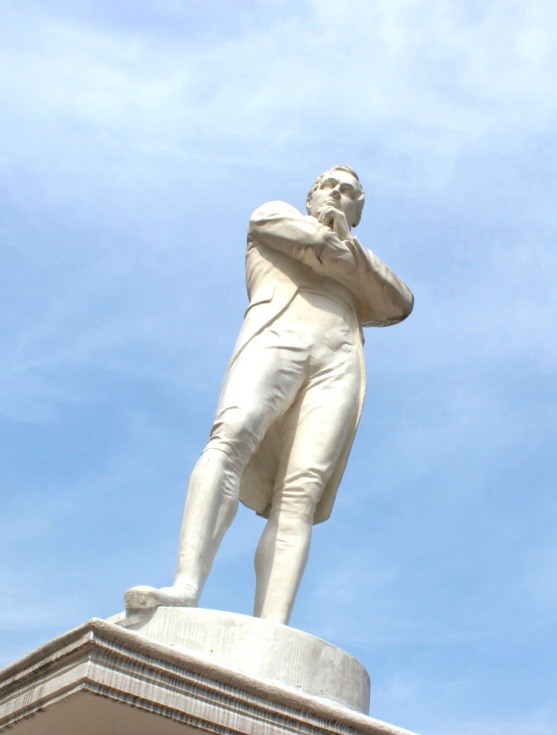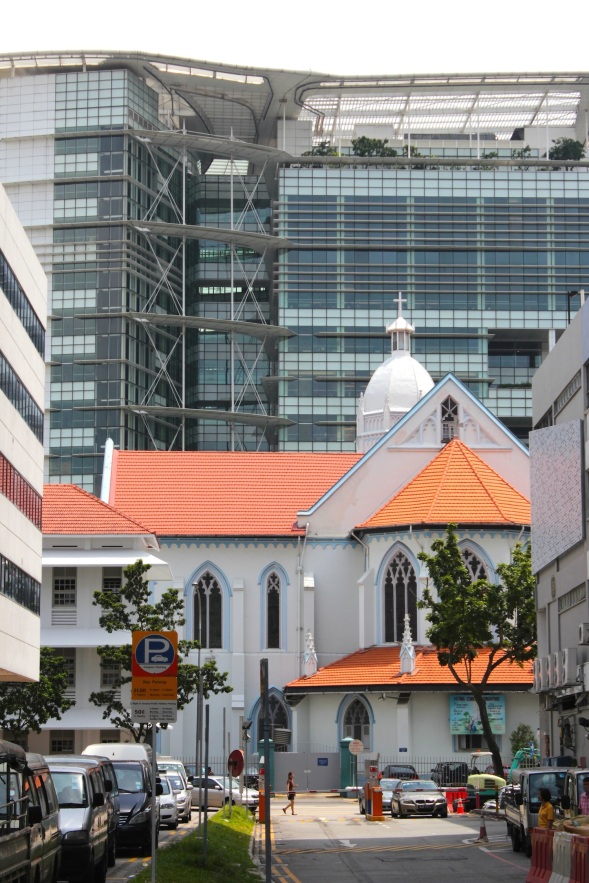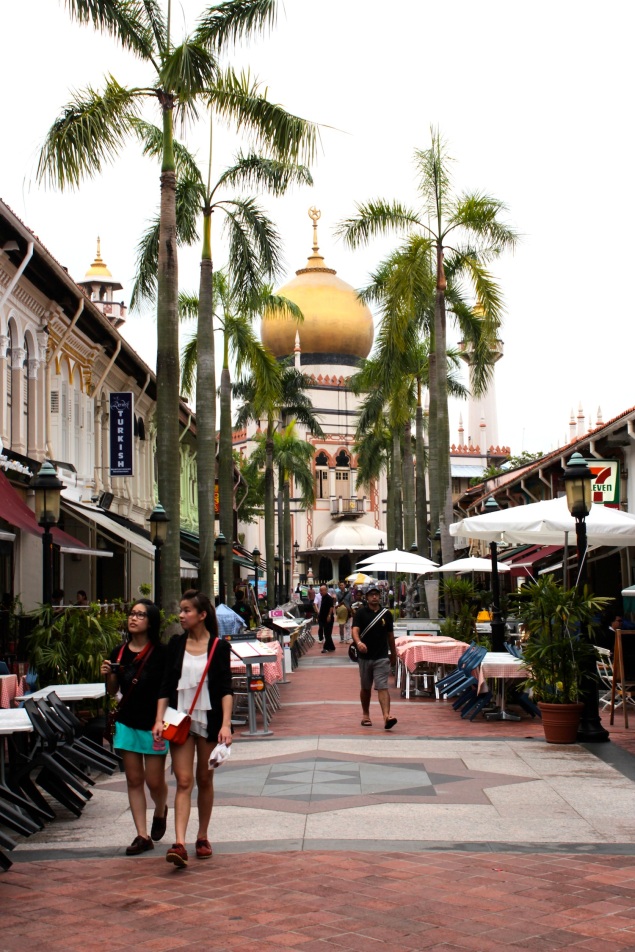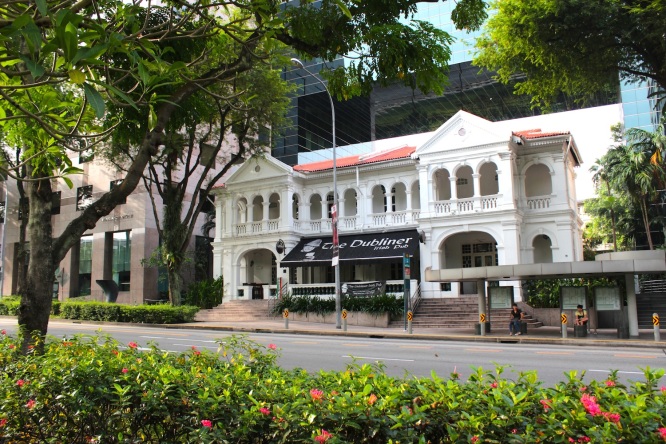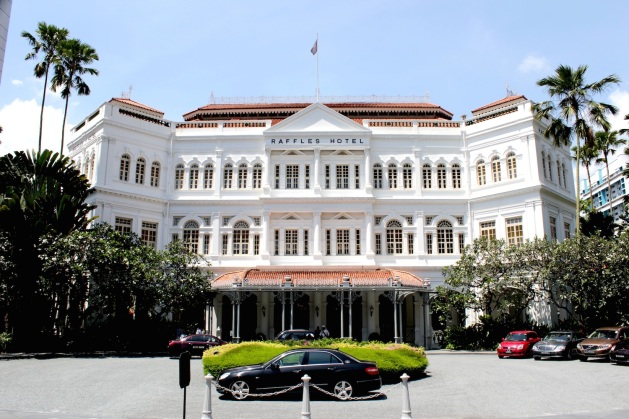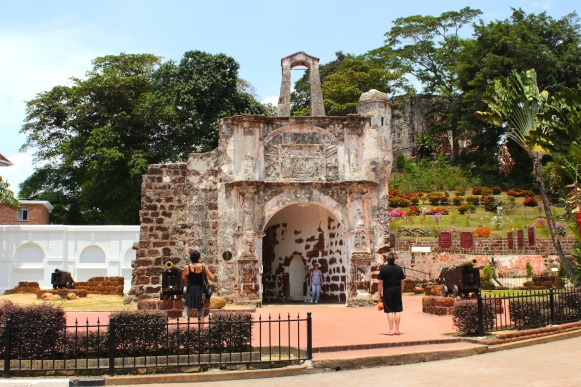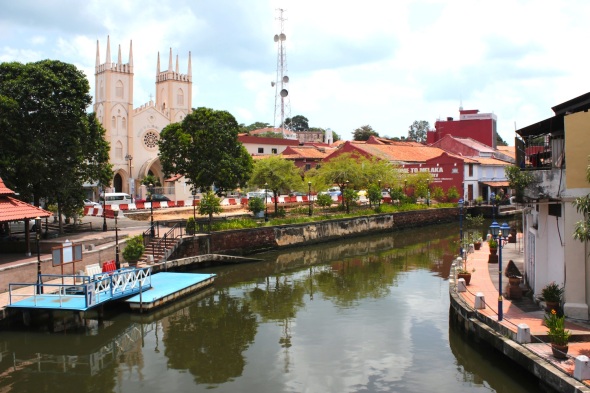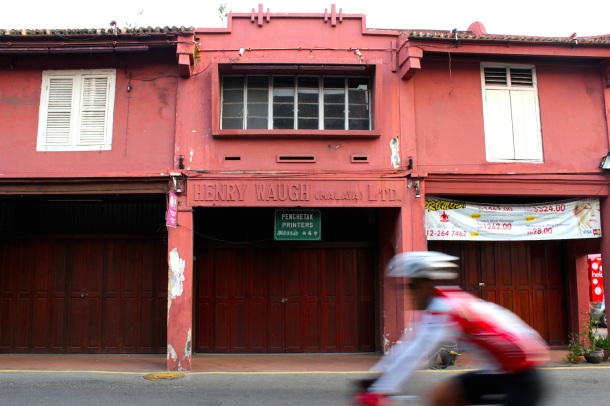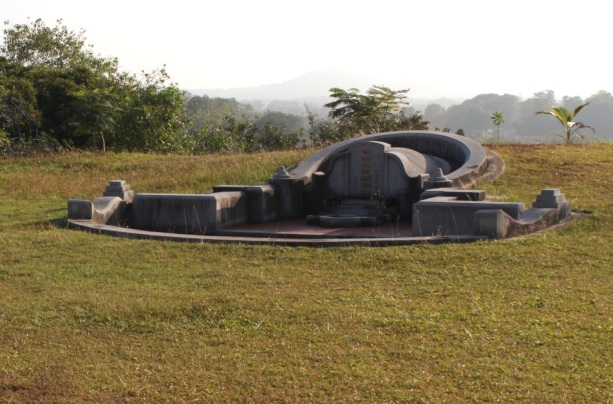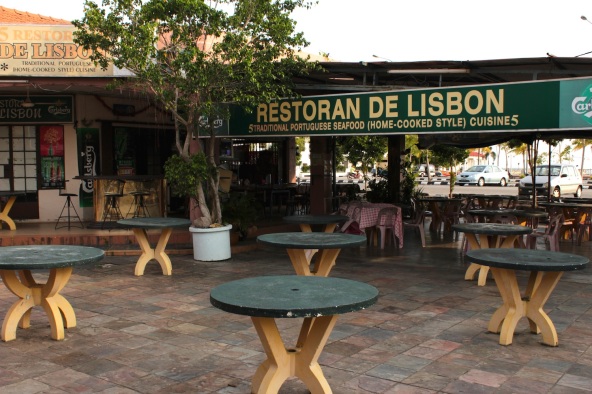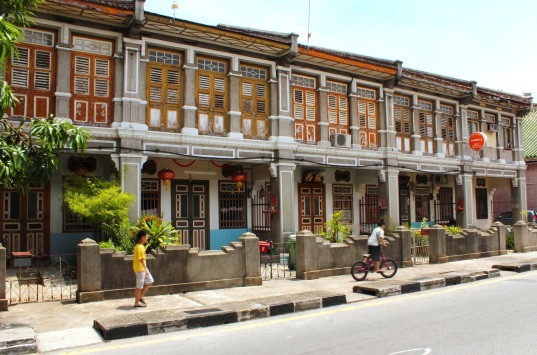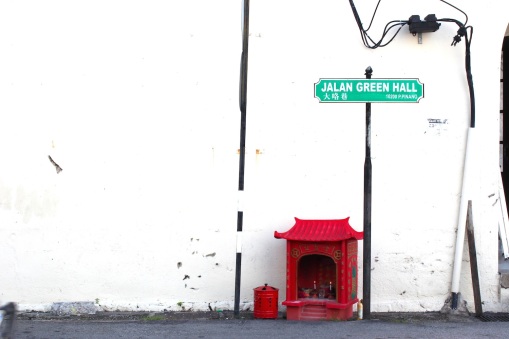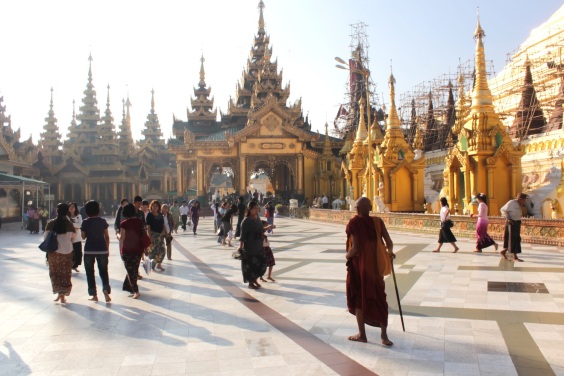✑ A stroll around the Singapore River, the Civic District and Fort Canning Hill, taking in the sights of Colonial Singapore. This tiny area has Singapore’s greatest concentration of museums, monuments and historical sites, all immaculately preserved. There’s so much that is historical here, it’s mindboggling.
✑ Visit Singapore’s historic districts – Bras Basah, Chinatown, Kampong Gelam/Arab Street and Little India. In particular, pay attention to the “streets of harmony” – streets on which multiple places of worship stand side-by-side in harmony – of which there are three: Waterloo and Queen Streets in Bras Basah, and Telok Ayer Street and North Bridge Road in Chinatown.
✑ The Singapore Botanic Gardens, to catch glimpses of the colonial. The park is one of the oldest in the region, and hasn’t changed much since the British left. It was inscribed as a UNESCO World Heritage Site in 2015.
✑ A stroll down Orchard Road, once a landscape of orchards and colonial villas, but today the region’s most upscale shopping street. Take a short detour up Emerald Hill for the beautiful Peranakan Chinese mansions.
✑ Have a Singapore Sling at the Long Bar of the Raffles Hotel. The atmosphere is raucous, cosmopolitan and touristy; very much the Grand Tour at its very essence.
Singapore is the best place in the region to get an authentic taste of the colonial life; to experience the splendour of a world lost everywhere else in the world but here.
[The Romance of the Grand Tour – 100 Years of Travel in Southeast Asia is available now at all major bookstores in Singapore, Southeast Asia, Hong Kong and Waterstones in London. Find it also on http://www.amazon.co.uk andhttp://www.bookdepository.com]


